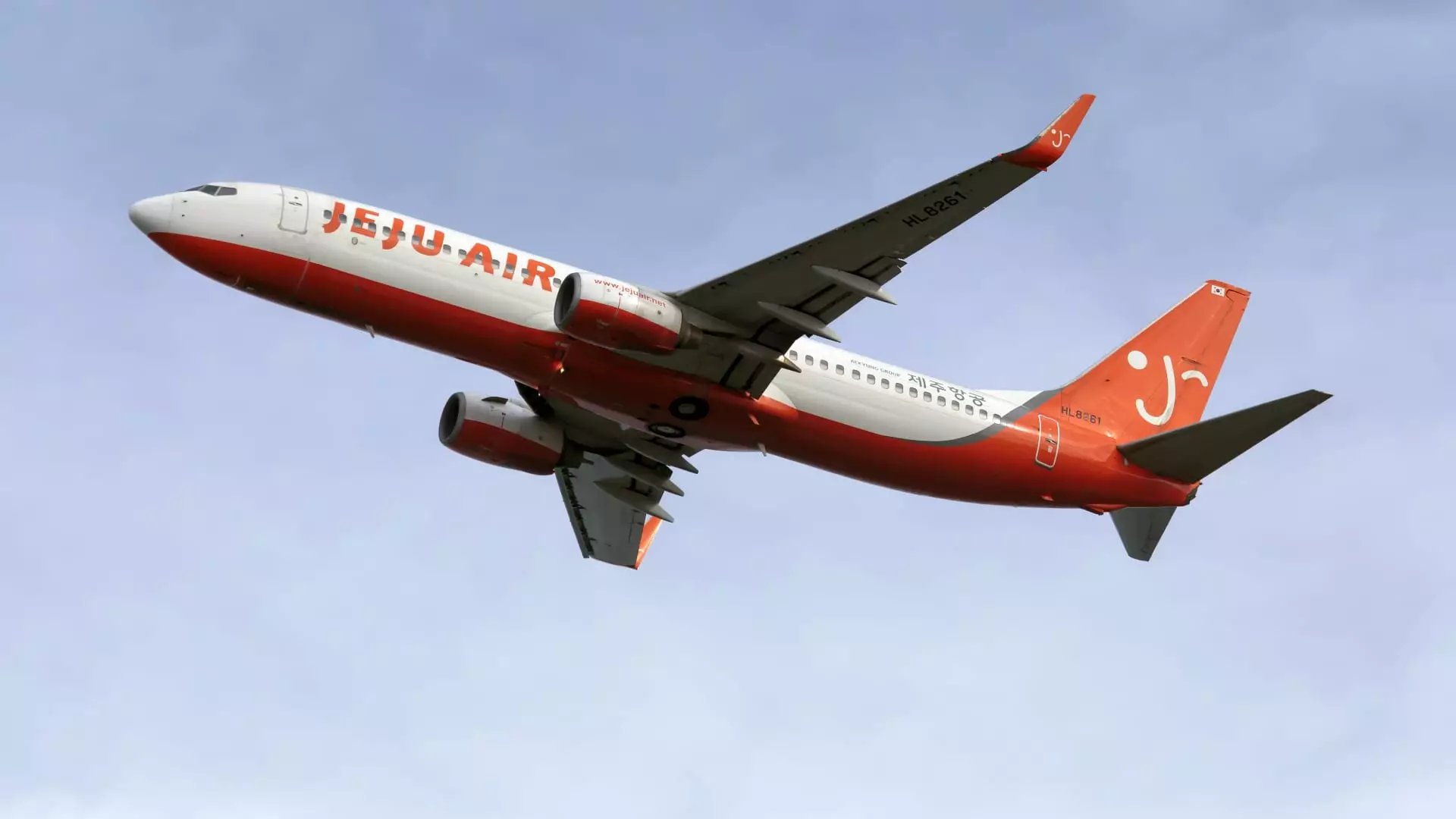The recent tragedy involving Jeju Air Flight 7C2216 marks one of South Korea’s most devastating air disasters in recent decades. This unfortunate incident, which resulted in the deaths of nearly all passengers—181 aboard—has sent shockwaves through the nation and raised critical questions regarding aviation safety protocols and incident response. The flight was executing a landing at Muan International Airport when it attempted to touch down without its landing gear deployed, ultimately leading to a catastrophic belly landing that engulfed the aircraft in flames.
This incident not only brings to light the immediate concern for the victims and their families but also permeates the realm of air travel, prompting discussions on aircraft safety. As South Korea’s acting President Choi Sang-mok has initiated an emergency inspection of the country’s fleet of Boeing 737-800s— the very model involved in the accident—questions arise regarding the underlying factors contributing to this unfortunate occurrence.
The Boeing 737-800 is recognized as one of the most widely used aircraft globally and has a historically strong safety record. However, investigations concerning the aircraft’s failure to deploy landing gear will scrutinize its operational history and design. The plane involved in this incident, manufactured approximately 15 years ago, had previously operated under European low-cost airline Ryanair before being transferred to Jeju Air in 2017. This transfer ties the aircraft into the larger aviation narrative regarding aging fleets and their continued operational status, even as they face physical aging challenges.
Richard Aboulafia, an expert in aerospace consulting, suggests that an impending design flaw within this well-established model is improbable. Given the aircraft’s longstanding history, it can be tempting to look for design flaws as culprits; however, this pessimism overlooks the potential for human error and operational mishaps.
The investigation process following such an aviation calamity is intricate and thorough, with expectations that it may span over a year. The inquiry will delve into numerous contributing factors, including human decisions, mechanical issues, and the possible influence of external elements such as wildlife.
One prevailing theory among experts centers around the potential for a bird strike that could have critically compromised the engines. If the aircraft indeed lost engine power at such an altitude, the crew may not have had sufficient time to execute emergency checklists, resulting in a lack of adherence to safety protocols. Jeff Guzzetti, a former air safety investigator with the U.S. National Transportation Safety Board, notes that if the aircraft had been able to avoid a harsh impact with terrain at the end of the runway, the outcome might have been dramatically different, illustrating just how quickly the dynamics of safety can shift during an emergency.
Aviation authorities across the globe must not only respond to the findings from the investigation but must also take proactive steps to safeguard future flights. The collaboration between U.S. authorities, including the NTSB, FAA, and Boeing in the investigatory process emphasizes international standards regarding aircraft safety and accident investigations.
Given that this accident occurred within a widely used aircraft model, there is an urgent need for comprehensive evaluations of operational protocols that govern the deployment of landing gear and the response during emergencies. Industry stakeholders must refine their training programs, ensuring that flight crews are equipped to respond effectively under duress.
The tragic Jeju Air incident serves as a stern reminder of the intricate relationship between technology, human factors, and the inherent risks of aviation. As investigators work diligently to unravel the causes and implications of this disaster, future air travel safety standards must evolve, ensuring that lessons are learned to prevent such tragedies from recurring.


Leave a Reply